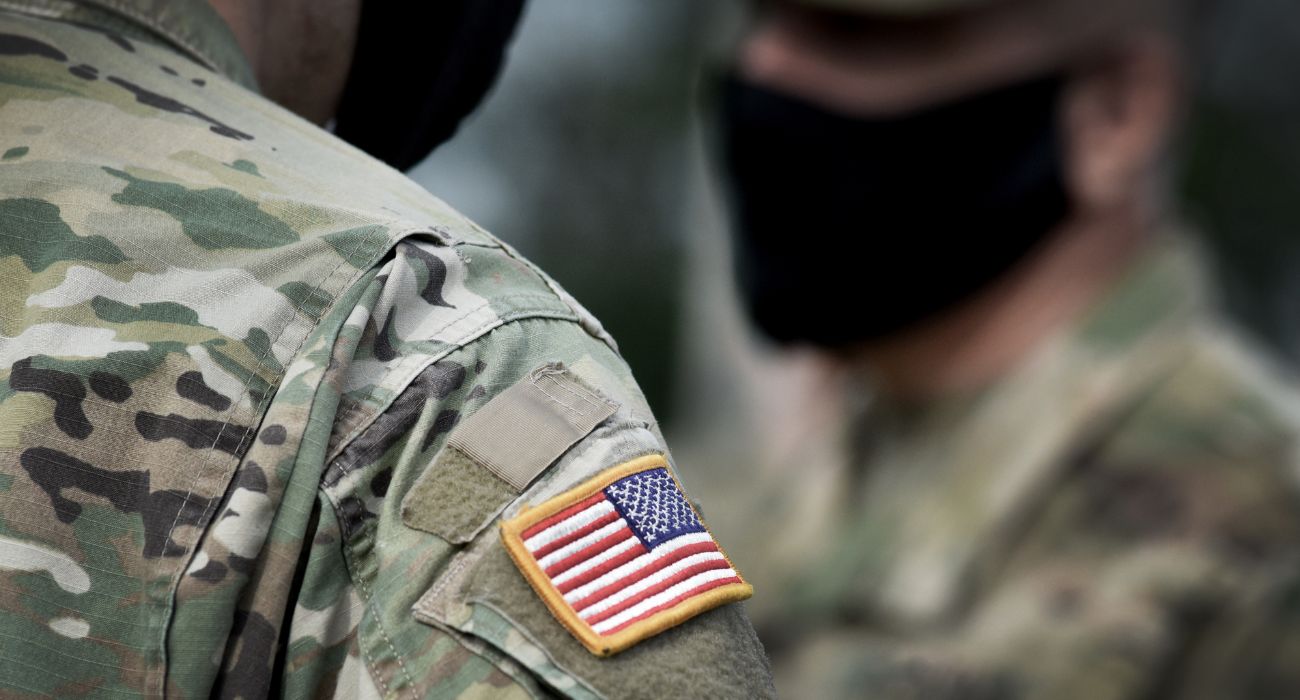The details of a recent cohort study published by the World Health Organization (WHO) revealed that more U.S. soldiers became obese during the COVID-19 pandemic, at a time when normal military activities and procedures were limited.
Nearly 192,000 active soldiers, both men and women, were included in the study. Women who were pregnant or had given birth during or one year prior to the study periods were excluded.
Researchers observed the body mass index (BMI) of each of these soldiers before the start of the pandemic, from February 2019 to January 2020, as well as during the pandemic, from September 2020 to June 2021.
The researchers observed significant increases in the soldiers’ BMIs between these two periods.
“Significant absolute changes were observed during the pandemic, with 26.7% shifting from health to overweight, and 15.6% [shifting] from overweight to obese,” said researchers in the study.
“In those with obesity, absolute increases were observed across every demographic category, with the most impacted groups being female, younger, White, and lower-ranking soldiers,” the report suggested.
Researchers reported that about 10,000 additional soldiers in the study cohort became obese, pushing the rate of obesity from 18% to 23%.
Tracey Perez Koehlmoos, who directs the Center for Health Services Research at the Uniformed Services University in Bethesda, Maryland, led the research team. Koehlmoos said that efforts must be focused on getting armed forces back in shape, according to the AP.
Retired Marine Corps Brigadier General Stephen Cheney described the rate of obesity in the armed forces as a “dramatic national security problem,” according to the AP. Cheny wrote a briefing note on the issue, highlighting the effects of obesity on recruitment efforts. The single biggest disqualifier of potential recruits is being overweight or obese, according to Cheney.
The Centers for Disease Control and Prevention reported that obesity impairs military readiness, noting that obese military members were less likely to be medically ready to deploy and 33% more likely to suffer musculoskeletal injuries.
In addition, the CDC claimed that the Department of Defense, the country’s largest employer, “spends about $1.5 billion annually in obesity-related health care costs for current and former service members and their families, as well as costs to replace unfit personnel.”
Soldiers, however, are not the only ones who saw rates of obesity rise during the COVID-19 pandemic.
Research conducted by the United States Department of Agriculture found that overall rates of obesity in adults in the United States rose during the first year of the pandemic by 3%. The study also observed changes in obesity-related behaviors during tighter pandemic restrictions.
“Meanwhile, the number of days in the period of a month in which alcohol was consumed was 2.7 percent higher, and cigarette smoking dropped by 4 percent,” the research report stated. “Research shows that increased use of alcohol and reduced cigarette smoking can lead to obesity and therefore may have contributed to the higher rates of obesity among U.S. adults during the pandemic.”
Although the COVID-19 pandemic restrictions may have exacerbated the situation, increasing rates of obesity are nothing new. Research suggests the obesity epidemic began in the U.S. in the 1980s, and obesity rates have only continued to increase since then. The World Obesity Atlas projected that more than half the world’s population will be obese by 2035, as previously reported by The Dallas Express.






